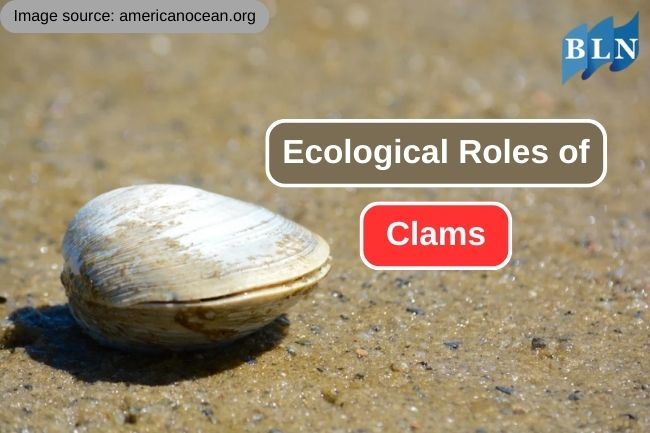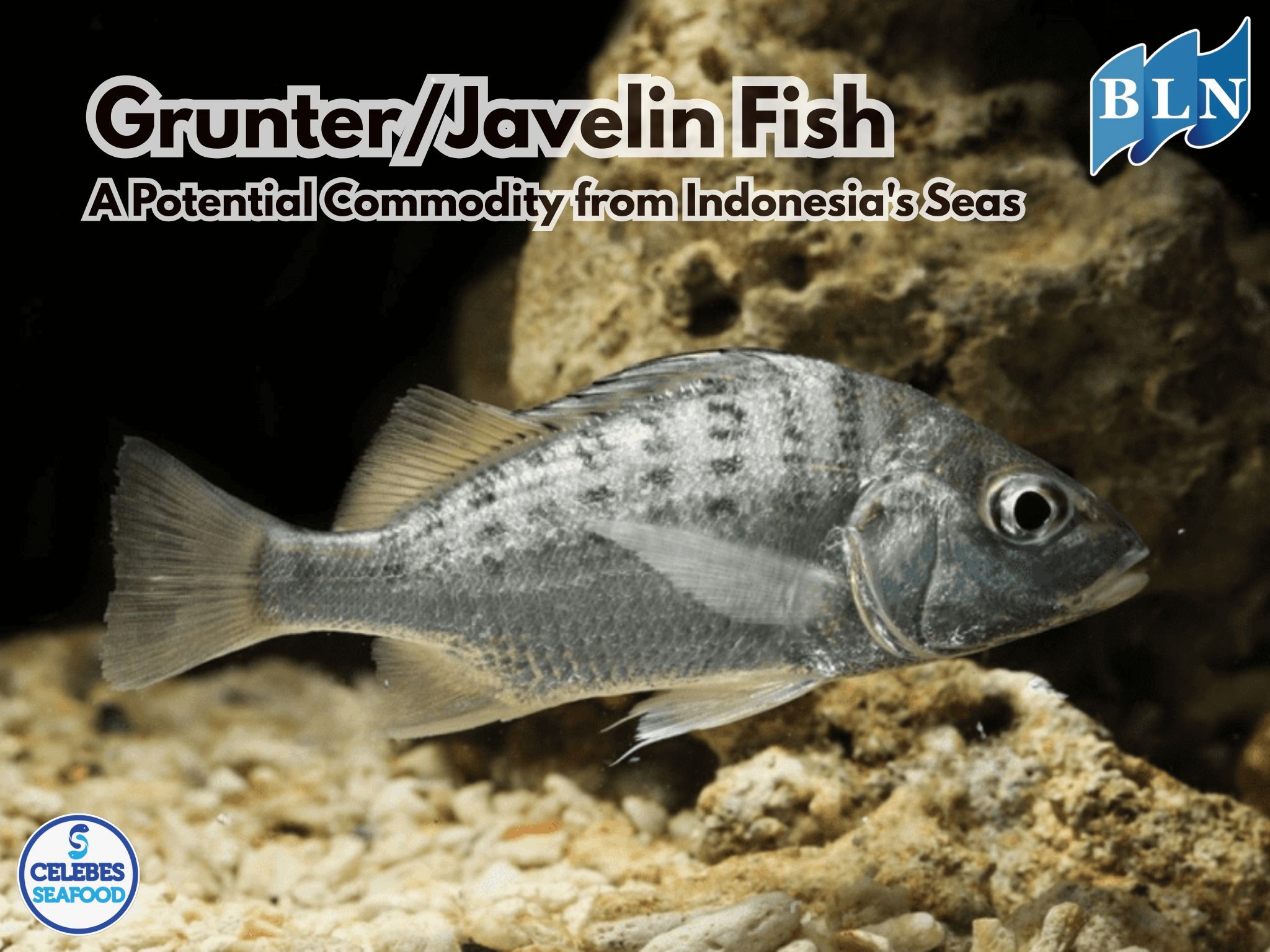The Crucial Ecological Roles of Clams
By. Nevanda - 22 Sep 2023
lautnusantara.com - Clams, like many other marine and freshwater bivalves, play important ecological roles in aquatic ecosystems. Their activities and interactions contribute to the health and balance of these environments. Here are some of the key ecological roles of clams:
1. Filter Feeding
Clams are filter feeders, meaning they pump water through their gills and filter out tiny particles of food, including phytoplankton, algae, and detritus. This feeding behavior helps maintain water clarity by removing suspended particles and excess nutrients from the water column. It also contributes to the overall health of the ecosystem by recycling nutrients and preventing the overgrowth of algae.
2. Biodeposition
As clams filter feed, they accumulate organic matter and minerals from the water. This accumulated material, known as biodeposits, consists of feces and pseudofeces (rejected particles). Biodeposits provide a source of food and habitat for various small organisms, including microorganisms and invertebrates. They also contribute to sediment stability and nutrient cycling in the ecosystem.
Read also: The Important Roles of Sea Cucumbers in Marine Ecosystems
3. Habitat Creation
Clams often live in burrows within the substrate, such as sand or mud. These burrows create microhabitats for other species. Small fish, crustaceans, and worms may use clam burrows for shelter and protection from predators.
4. Food Source for Predators
Clams are an important food source for a variety of aquatic and terrestrial predators. Birds, fish, crabs, and certain mammals feed on clams, which are a key part of the food web in many ecosystems. The presence of clams can support populations of these predators.
5. Bioturbation
Clams' burrowing activities can influence sediment structure and composition. By churning and aerating sediment as they burrow, clams promote nutrient exchange, enhance sediment stability, and increase the availability of oxygen and nutrients for other organisms living in or on the sediment.
6. Erosion Control
In coastal areas, clams play a role in preventing shoreline erosion. Their burrows and presence in the sediment help stabilize coastal areas by reducing the impact of wave action and water currents.
Read also: Here are 10 Fun Facts of Lobster
7. Nitrogen Cycling
Clams can help regulate nitrogen levels in aquatic ecosystems. They remove nitrogen from the water column through their feeding activities and release it as ammonia in their biodeposits. This can have implications for nutrient cycling and the overall nitrogen balance in the ecosystem.
8. Indicator Species
The presence and health of clam populations can serve as indicators of water quality and ecosystem health. Declines in clam populations or changes in their size and abundance may signal environmental disturbances or pollution in aquatic ecosystems.
In summary, clams are ecologically important organisms that influence the structure and function of aquatic ecosystems. Their filter feeding, biodeposition, and habitat creation activities contribute to water quality, nutrient cycling, and the overall health and stability of these ecosystems. Clams also serve as essential components of food webs, providing sustenance to a variety of predators and playing a role in the complex interactions that shape aquatic environments.
Read also: 7 Indonesian Seafood Dishes, Have You Tried Them?

 in Protecting Shrimp Commodities from Radioactive Contamination.png)






